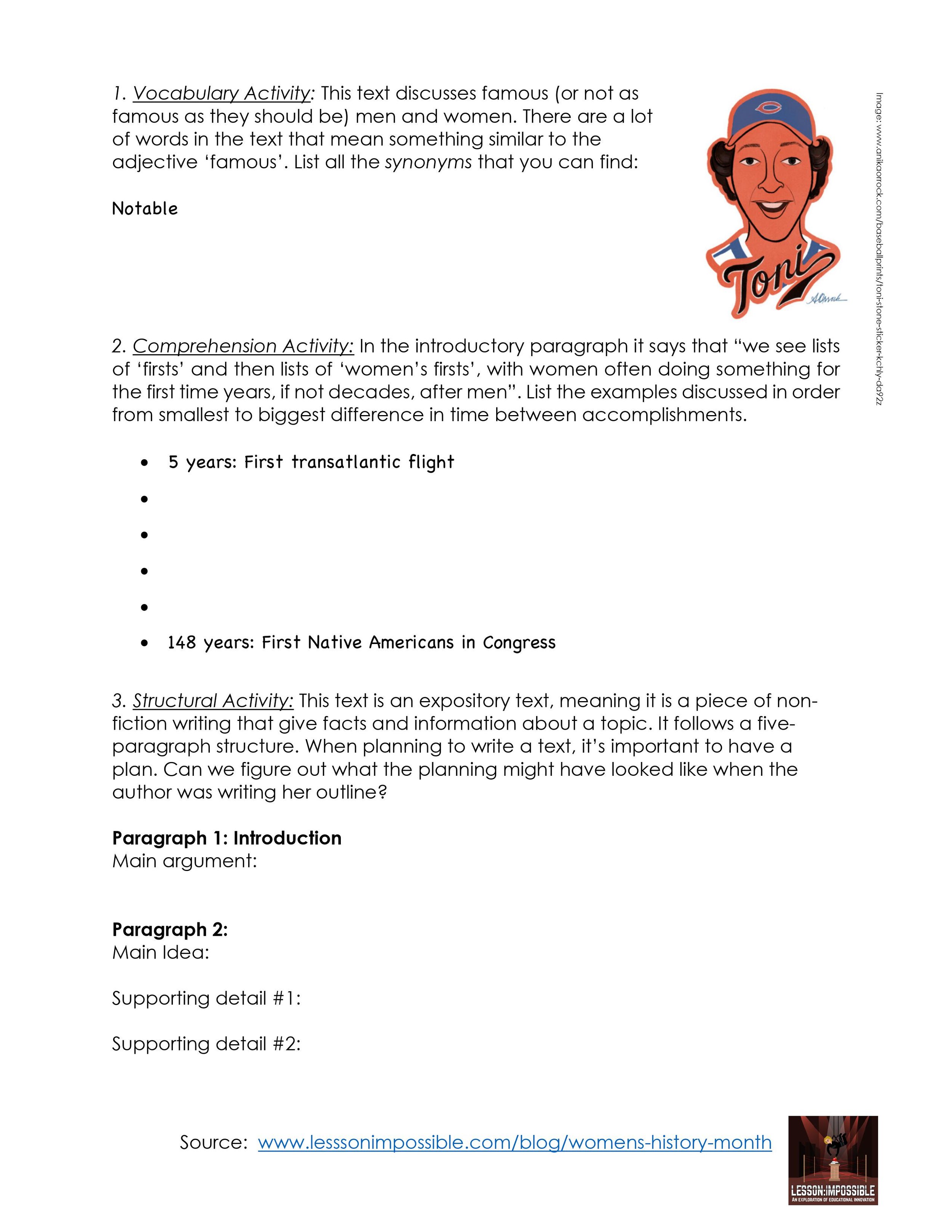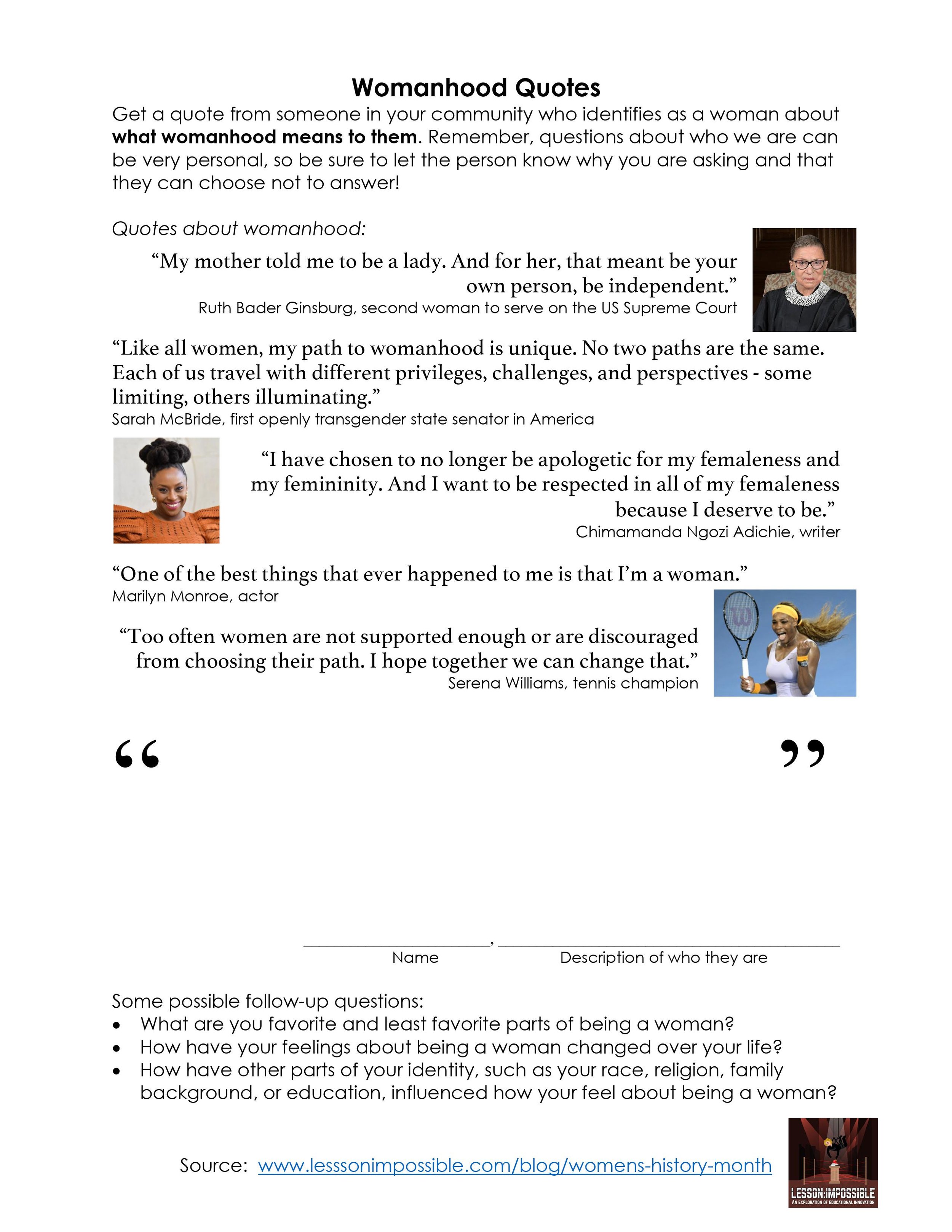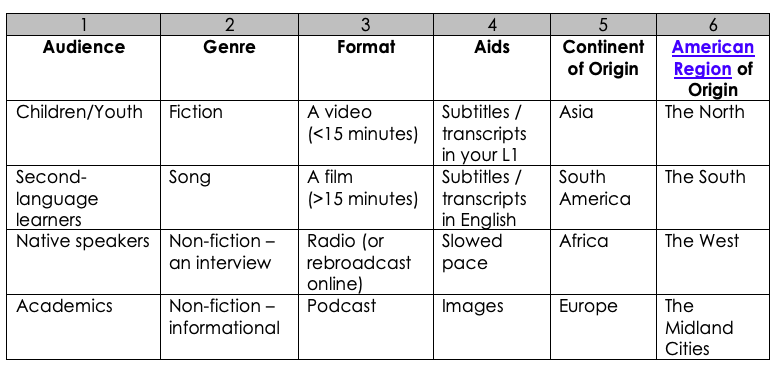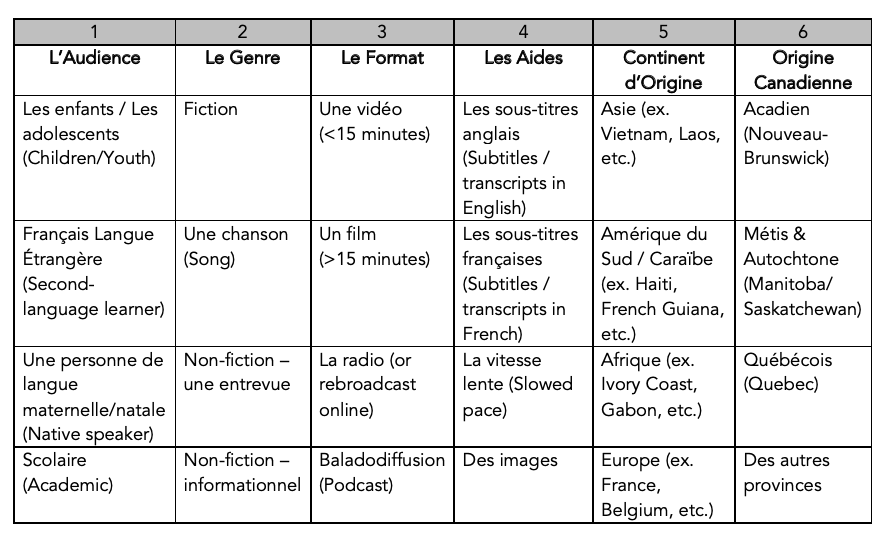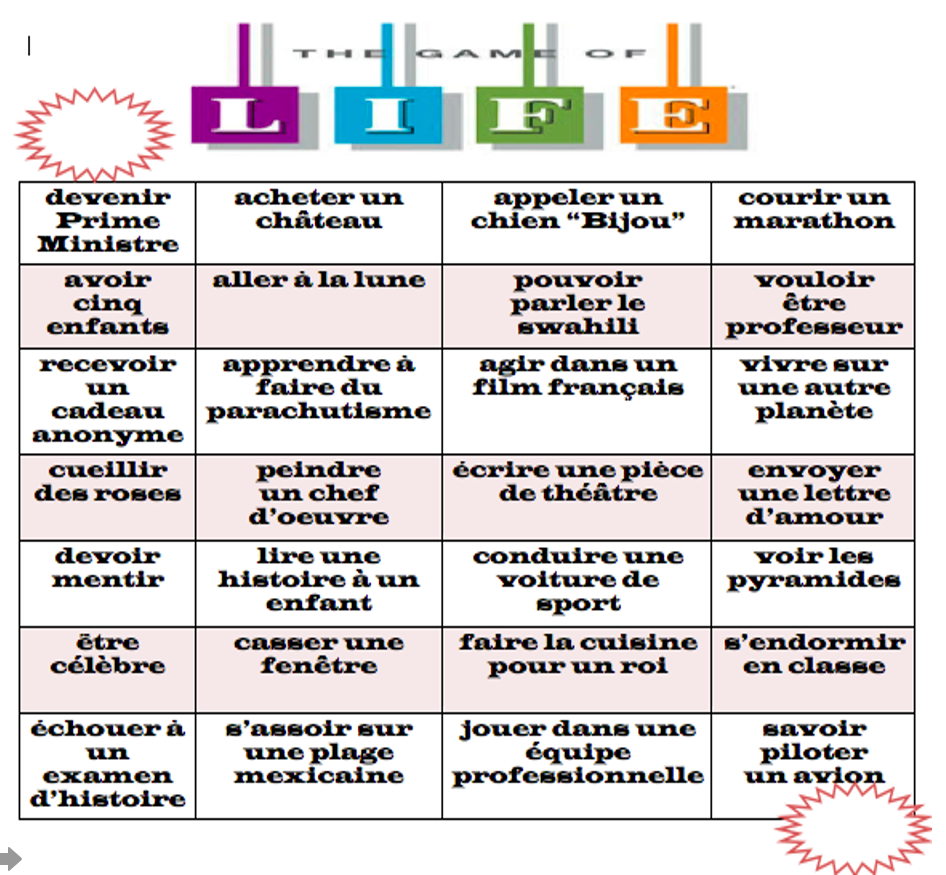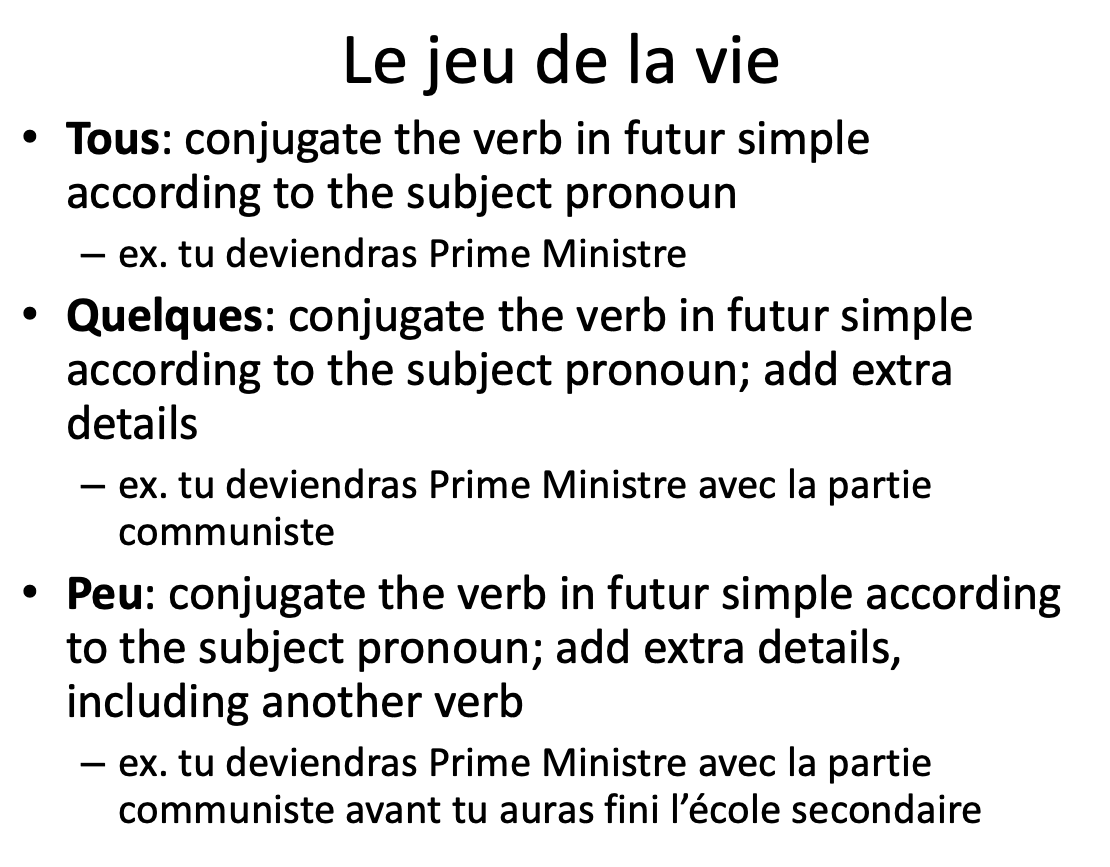I have spent most of my language teaching career wondering “Am I speaking too much English?” “Are my students speaking too much English?” “Should we be speaking English at all?” as well as the ever-important “Can I hold my pee until lunch?”
Bodily needs aside, the issue of using students’ first language (L1) while they are being taught an additional language (L2) is a thorny one. Ernesto Macaro outlines three theoretical positions that educators can hold regarding use of the L1 in the classroom:
The ‘virtual position’: students can only learn a language through that language. These are the teachers that have signs with the word ‘English’ crossed out, or pretend not to hear a student who speaks English to them.
The ‘maximal position’: teachers believe in the ‘virtual position’ (above) but acknowledge that this is not always possible, and will therefore use the L1 while feeling super guilty.
The ‘optimal position’: using the L1 will enhance students’ learning of the L2.
As a high school French teacher, I have often discussed with colleague and students how much English, if any, is appropriate in the classroom. I began my teaching career in the ‘maximal position,’ feeling shame when defaulting to English when students were confused by a concept; I was short on time; I wanted to explain a new concept without alienating lower-level students; or I myself lacked the vocabulary to express what I needed. However, I have since come to embrace the ‘optimal position’ and believe that there are indeed occasions that the L1 should be welcomed into my classroom, guilt-free!
Reason 1: Vocabulary Acquisition
When listening to bilingual speakers, we will often hear them move in and out of two languages one word or sentence at a time (a practice called code-switching). Looking through my recent text messages with my francophone friends, this practice is everywhere, my favorite being “MDR tu m’as butt-dialé” which translates to “LOL you butt-dialed me!” While for many years code-switching was seen as a deficit, or proof of incomplete language learning, it is now seen as an asset to language learning and communication. In fact, in studies show that students who code-switched retained more and used their words more actively.
Studies show that students who code-switched retained more and used their words more actively.
There is also some evidence that suggests that using the L1 definitions or paraphrases can trigger deeper semantic processing! Like everything we do in the classroom, it all depends on your students, but studies have found that the younger or less advanced the learners are, the more effective code-switching can be. Moreover, if you’re worried about breaking the fluidity of your speech when speaking to students, or risking switching completely to English, Miles Turnbull recommends sprinkling in definitions. For example:
Je vais décrire ma famille, la famille family de Madame … après, dans dix minutes, vous allez décrire, describe faire une description de votre famille… Vous allez dessiner, draw, faire une image, de votre famille. Vous comprenez ? Ça va ?
I am going to describe my family, the family family of Mrs…. After, in ten minutes, you are going to describe, describe make a description of your family… You are going to draw draw, make a picture, of your family. Do you understand? Everything’s good?
Reason 2: Group Work
Even if they wanted to, it would be exhausting and impossible for teachers to constantly monitor and enforce their students’ L2 use, especially when students are working in groups. Some teachers have even reported limiting the amount of group work they do in the classrooms for this very reason. However, allowing students to use their L1 during group work actually has a lot of cognitive and social benefits! In a study of immersion students planning an oral presentation, researchers found that only 12% of students’ L1 use was off task. The other 88% was helping their peers, fostering cooperation, and talking through their difficulties. In fact, this latter task is an example of translanguaging, a practice that allows students to apply strategies they have gained in another language to their learning of a new language. By allowing students to use the L1, they can apply their previous knowledge of their own language to the new language, making important connections that actually enhance their L2 development! Socially, students were able to take turns, share ideas, and, most importantly, help keep each other on task. What more could a teacher want?
Allowing students to use their L1 during group work actually has a lot of cognitive and social benefits!
Reason 3: Communicating Complex Topics
We’ve probably all been there: you don’t understand something, so you ask the teacher to clarify. The clarification, delivered in the L2, leaves you even more confused, but you’re too embarrassed to say anything else, so you just smile and say you understand. With my students, I refer to this as “double jeopardy”, as in the US law that prohibits anyone from being prosecuted twice for the same crime. How can I fault them for failing to understand something complex, if they don’t understand what is being explained to them? For me, this means explaining new grammar rules in English, but keeping all the chatter around the new rules (e.g. “let’s move to the next slide” or “turn to your partner and explain” in the L2).
Also, we know that both learning new tasks and comprehending a second language are mentally taxing endeavors. Why burn out students’ limited working memory with both tasks? Similar to what we saw with vocabulary, when surveyed, the more advanced a learner was, the less likely they were to see using the L1 while learning complex concepts as a necessity. However, even advanced learners are not always at a point where they are capable of thinking only in the L2.
We know that both learning new tasks and comprehending a second language are mentally taxing endeavors. Why burn out students’ limited working memory with both tasks?
We’re also denying students a cognitively important tool: their first language. As mentioned above, we can use students’ knowledge of their L1 to help make connections to the L2. For example, when doing a brainstorming activity, you can encourage students to suggest ideas in both languages (code-switching) to expand their creativity and pool of vocabulary, as long as the teacher can help facilitate translations to the L2. Lastly, using the L1 can be a time-saver. If our goal is to maximize the amount of input of the L2, communicating complex subjects quickly in the L1 allows us to save that time for more meaningful L2 discourse. Not to mention, sometimes you just need to clarify assignments, instructions, or activities in that one minute before the bell rings!
Reason 4: Student-Teacher Relationships
Students want to connect with their teachers, be seen as an individual, and feel emotionally safe in their learning environments. When surveyed, students describe teachers who do not use their L1 as being more emotionally distant, so it’s not surprising that most learners express a preference for teachers who are able to communicate in their L1. The use of the L1 can provide an emotionally safe space for having difficult conversations, particularly involving discipline. I try to avoid “double jeopardy” with student relationships as well: if the problem is miscommunication between me and the student, or them acting out because they don’t understand, trying to have a conversation about these issues in the L2 is, in my opinion, only going to make it worse.
Moreover, students (and teachers!) sometimes need to switch to the L1 to fully express themselves and know that they are understood, both literally and metaphorically. The danger here is that in trying to build student-teacher rapport by using the L1, we risk signaling that the L2 is only a topic to be studied, and not a communication tool.
Students want to connect with their teachers, be seen as an individual, and feel emotionally safe in their learning environments.
Therefore, I think that it’s important to build in moments to share our thoughts, feelings, and experiences in the L2 in the classroom. I’ve had success with starting classes with sharing circles where we discuss simple questions (what did we do on the weekend?) to more profound ones (when is it ethical to lie to a friend?). In these circles I work hard to create an emotionally safe space for students to not only share their perspectives, but to not fear grammar corrections from me. I only interject if students request a word or help phrasing something, and if students feel the need to switch to their L1 for a word, or even a sentence or two, I don’t see it as an issue as long as they tried their best.
In conclusion, Miles Turnbull (the same man who drew a family) recommends that teachers ask themselves three questions before using the L1:
1. Could a student explain in the L1 so that I can remain in the L2?
2, Have I tried all the strategies I know to continue in the L2?
3. What will I gain by changing to the L1?
While the first two questions can only be answered in the moment, I believe that I have presented some contexts where there is much to be gained by using the L1:
When teaching vocabulary, particularly to less advanced learners, the L1 is a valuable tool to increase retention and use.
When doing group work, students should be encouraged to use the L1 in order to be metacognitive, on task, and supportive of their peers’ learning.
When communicating complex topics, teachers should consider using the L1 so that students can fully comprehend what they are being taught.
Finally, when building relationships with students, teachers should consider using the L1, though not to the detriment of the L2 learning environment.
Of course, there is no magic formula for the amount of L1 that is appropriate for the classroom. Each group of students will have different needs and expectations, and there are many other factors to take into consideration, such as whether all students are able to use what the teacher considers the L1. However, for those teachers wishing to embrace an ‘optimal position’ of L1 language use in the classroom, I hope the contexts that I have outlined have provided some guidance!
Suggested Further Reading:
Almohaimeed, M.S., & Almurshed, H. M. (2018). Foreign Language Learners’ Attitudes and Perceptions of L1 Use in L2 Classroom. Arab World English Journal, 9 (4), 433- 446.
Anton, M., & DiCamilla, F. (1998). Socio-cognitive functions of L1 collaborative interaction in the L2 classroom. Canadian Modern Language Review, 54(3), 314-342.
Baker, C., & Wright, W. E. (2017). Foundations of bilingual education and bilingualism (6th ed.). Bristol, UK: Multilingual Matters.
Dailey-O’Cain, J., & Liebscher, G. (2018). Teacher and student use of the first language in foreign language classroom interaction: Functions and applications. In M. Turnbull, & J. Dailey-O’Cain (Eds.), (pp. 131-144). Multilingual Matters.
Galali, A., & Cinkara, E. (2017). The use of L1 in English as a foreign language classes: Insights from Iraqi tertiary level students. Advances in Language and Literary Studies, 8(5), 54-64
Lee, J. H., & Macaro, E. (2013). Investigating age in the use of L1 or English-only instruction: Vocabulary acquisition by Korean EFL learners. The Modern Language Journal (Boulder, Colo.), 97(4), 887-901.
Lee, J. H., & Levine, G. S. (2020). The effects of instructor language choice on second language vocabulary learning and listening comprehension. Language Teaching Research: LTR, 24(2), 250-272
Macaro, E. (2005). Codeswitching in the L2 classroom: A communication and learning strategy. Dans E. Llurda (dir.), Non-native language teachers: Perceptions, challenges and contributions to the profession (p. 63-84). New York: Springer.
Macaro, E. (2018). Teacher use of codeswitching in the second language classroom: Exploring ‘Optimal’ use. In M. Turnbull, & J. Dailey-O’Cain (Eds.), (pp. 35-49). Multilingual Matters.
Shin, S. J. (2011). Bilingualism in schools and society: language, identity, and policy (2nd ed.). New York: Routledge.
Swain, M. & Lapkin, S. (2000). Task-based Second Language Learning: The uses of the first language. Language Teaching Research 4(3). 251–274.
Tsagari, D., & Giannikas, C. N. (2020). Re-evaluating the use of the L1 in the L2 classroom: Students vs. teachers. Applied Linguistics Review, 11(1), 151-181.
Turnbull, M. (2006). Employons le français en français de base! Revue Canadienne Des Langues Vivantes, 62, 611–629.
Turnbull, M., & Arnett, K. (2002). Teachers’ uses of the target and first languages in second and foreign language classrooms. Annual Review of Applied Linguistics, 22, 204-218
Turnbull, M. & Dailey-O’Cain, J. (2009). First Language Use in Second and Foreign Language Learning. Bristol, Blue Ridge Summit: Multilingual Matters.
Zulfikar, Z. (2019). Rethinking the use of l1 in l2 classroom. Englisia, 6(1), 42-51.



















